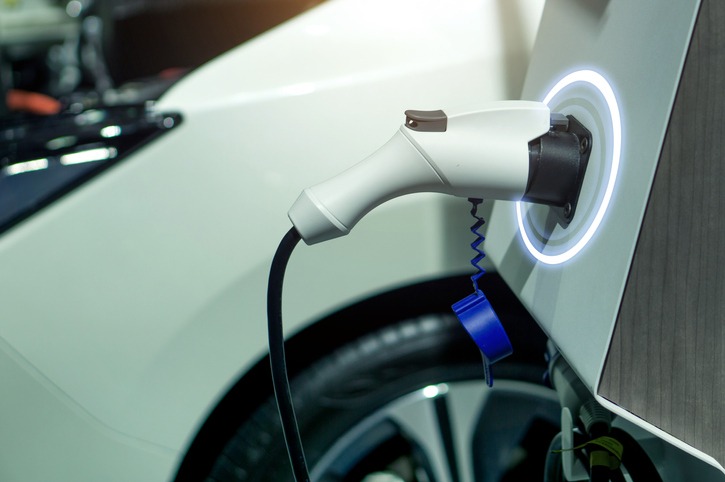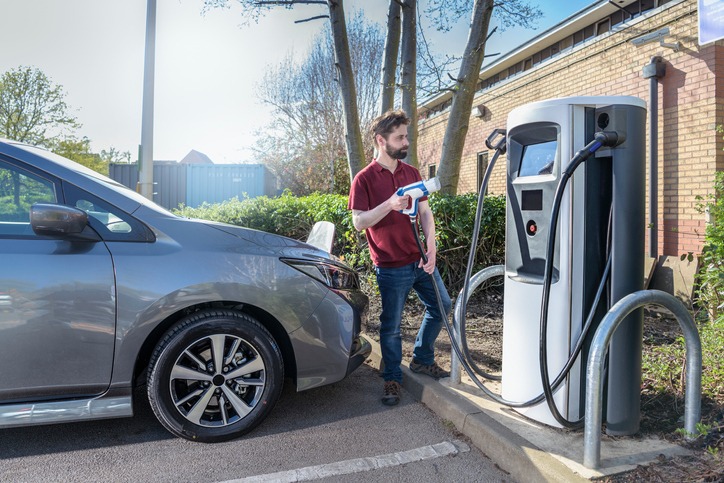VDA publishes league table of charging-point ratios
19 July 2021

The German Association of the Automotive Industry (VDA) has drawn up a European charging-network league table, assessing the infrastructure in 31 countries.
The results indicate how many publicly-accessible charging points exist in each state, in relation to its total car parc. The more points available, the more attractive the prospect of electric motoring is to consumers. By focusing on the entire passenger-car fleet, the association can evaluate the potential for all drivers to switch to electrically-chargeable vehicles (EVs).
Top spot in the rankings goes to the Netherlands, followed by Norway and Sweden. While Germany has the second-highest number of points, it falls out of the top 10 when factoring in the size of the passenger-car fleet.
| Rank | Country | Charging points | Car parc | Cars per point |
| 1 | Netherlands | 82,263 | 8,938,572 | 109 |
| 2 | Norway | 19,119 | 2,816,038 | 147 |
| 3 | Sweden | 13,854 | 4,887,904 | 353 |
| 4 | Luxembourg | 1,131 | 426,346 | 377 |
| 5 | Belgium | 11,222 | 5,813,776 | 518 |
| 6 | Iceland | 490 | 269,825 | 551 |
| 7 | Switzerland | 8,042 | 4,623,952 | 575 |
| 8 | Austria | 8,480 | 5,039,548 | 594 |
| 9 | France | 45,990 | 33,020,000 | 718 |
| 10 | Denmark | 3,647 | 2,651,726 | 727 |
Charging-point data was sourced from the European Alternative Fuels Observatory (EAFO), while car fleet information comes from national registration offices or vehicle associations.
Big markets fall short
The table shows that when considering the ratio of EVs to charging stations, many European countries have some way to catch up.
‘At present, a Europe-wide charging infrastructure does not exist, and unfortunately, universal expansion is a long way off,’ said Hildegard Müller, president of the VDA. ‘If the European Commission is considering limiting registration to vehicles with electric drive in the future, it must ensure full coverage with a charging network throughout Europe.
‘Future expansion targets should include charging stations at home, at work, on commercial premises and on public roads, all of which the Netherlands takes first place in the ratio of passenger cars to public charging points. Germany is below average.’
In the final table, Germany finished 12th of 31, with its fellow big European markets France, the UK, Italy and Spain coming 9th, 13th, 21st and 23rd respectively. The top of the table is dominated by the Nordics, all of which place in the best 11 markets. On average, Europe has one charging point for 887 passenger cars.
More to be done
The VDA’s table shows that the European Commission’s Fit for 55 proposal on charging infrastructure will be challenging to say the least. The Commission is looking to reduce carbon emissions from new passenger cars by 100% in 2035, effectively bringing an end to the reign of the internal-combustion engine (ICE). However, to do this, infrastructure needs to be in place to make the technology more accessible to the public.
The body has, therefore, drafted proposals to amend its Alternative Fuels Infrastructure Regulation. This will now require member states to expand charging capacity in line with zero-emission car sales and install charging and fuelling points at regular intervals on major roads. Proposals suggest infrastructure is located every 60km for electric charging and every 150km for hydrogen fuelling.
‘Expansion of Europe-wide charging infrastructure is too slow for e-mobility targets,’ added Müller. ‘In addition, all charging points must be supplied with 100% green electricity. If we do not have enough charging points or sufficient green electricity for individual travel, we will not make the transformation to climate neutrality.’


